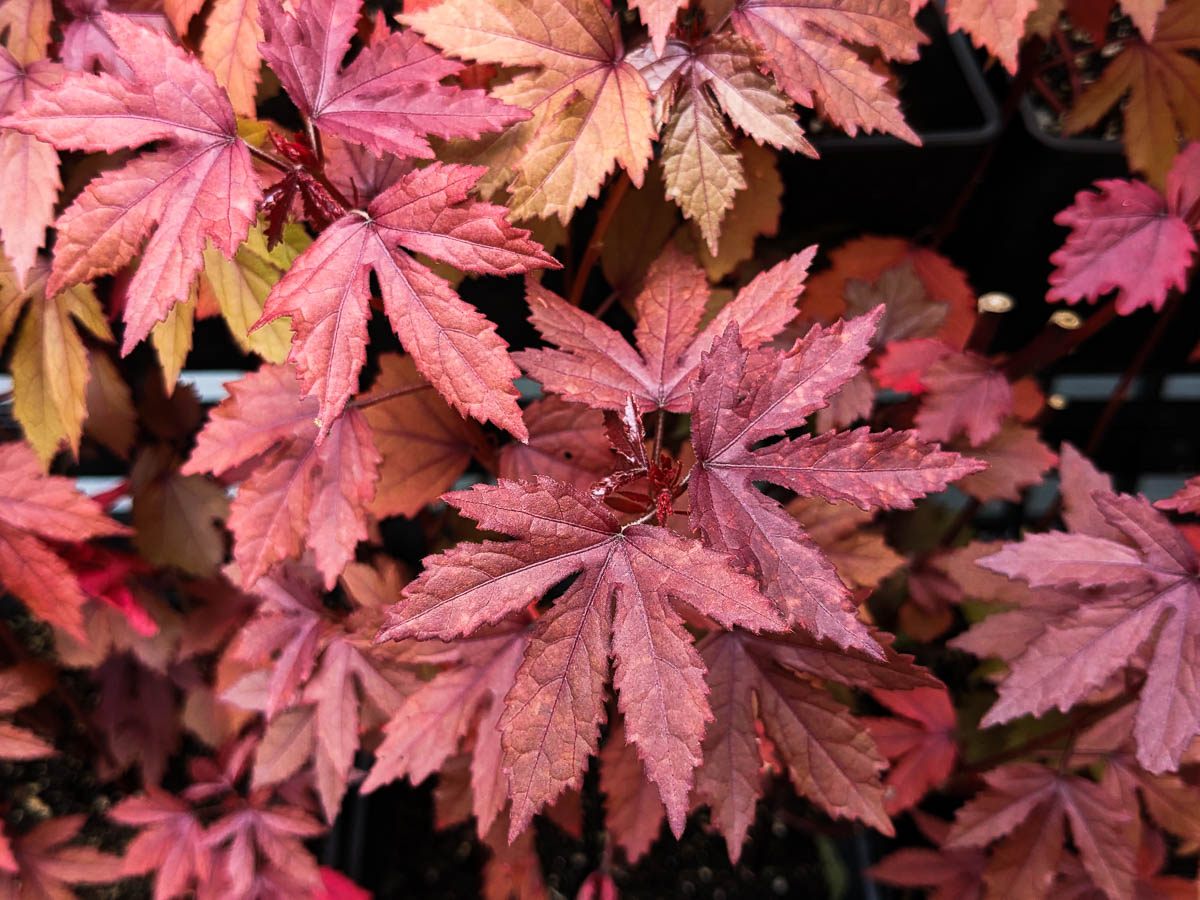Cranberry Hibiscus
Cranberry Hibiscus (Hibiscus acetosella)
Other common names: False Roselle, Rose Mallow, Red-Leaf Hibiscus

Cranberry Hibiscus are striking plants with deep red leaves and flowers. The flowers and leaves can be brewed into tea, and the leaves can also be eaten raw or stir-fried.
As large and woody perennial bush, this plant is a staple in edible gardens.
This plant is part of the Malvaceae or Hibiscus family, which includes other edible plants like Lady’s-Finger, and ornamental plants like Turk's Turban.
Sun and soil needs:
.jpg)
This plant does best in full sun gardens with a minimum of 6 hours of sunlight. It can also grow in gardens with more than 4 hours of direct sunlight or at least 6 hours of indirect sunlight, but its growth will be slower, and it may not flush as deep a red.
Plants do best in pots with loamy soil at least 15cm deep, or in true ground. These plants are vulnerable to root rot, so ensure that your pots drain well, and that your soil has plenty of organic matter to let the roots breathe.
Sowing seeds:
Sow seeds individually in a seedling tray filled with potting mix or seedling mix. Lightly mist the soil until damp, once a day. Seeds should sprout within 2 weeks.
The seedlings will be vulnerable to high heat and heavy rain. It is best to kept them in a sheltered propagation area or a shaded space with around 4 hours of partial or direct sunlight.
Seeds can be sown directly into pots or the ground around 15-30cm apart. Lightly water the soil until damp, once a day. Seeds should sprout within 10 days.
Transplanting:
Seedlings will be ready for transplanting into pots or true ground when they have developed 4 or more leaves, or roughly a week or two after germination. Leave 15-30cm between each plant to encourage more growth and better ventilation.
Growing:
Cranberry Hibiscus will produce more flowers when fed with fertilisers high in phosphorus and potassium, and more leaves when fed with fertilisers high in nitrogen. To encourage both leaves and flowers, the plants can be fed with balanced fertilisers. Plants can be fertilised regularly once a month after transplanting for a fuller crop.
It is a good practice to prune regularly and remove dead leaves and stems to improve ventilation and allow light to reach more of the plant. Regular pruning also decreases the likelihood of pests quickly taking over the plant.
This plant can grow more than 2m tall, but for the ease of harvesting it can be topped off at a manageable hight of around 1.5m.
Harvesting:
Plants can be harvested for leaves and flowers at any time. Fruits can be harvested for seeds when they are brown and dry.
Propagation:
Cranberry Hibiscus can be grown from seed, but they are usually propagated via stem cuttings rooted in soil.
Common problems & solutions:
If your plant has little to no flowers, you try fertilising the plant with fertilisers high in Phosphorus and Potassium. These nutrients encourage root and flower growth.
Aphids, Mealy Bugs, Scale Insects, Whiteflies, and Spider Mites often infest the plant if it has underlying problems like repeated wilting from heat stress. Mechanical pest control methods like pruning the infested parts are the best methods for managing these pests in the short term, but resolving the underlying problem will prevent them in the long term.
Wilting leaves during hot weather is a sign of heat stress. Increase the number of times the plant is watered daily, and apply mulch at the base to prevent water loss.

